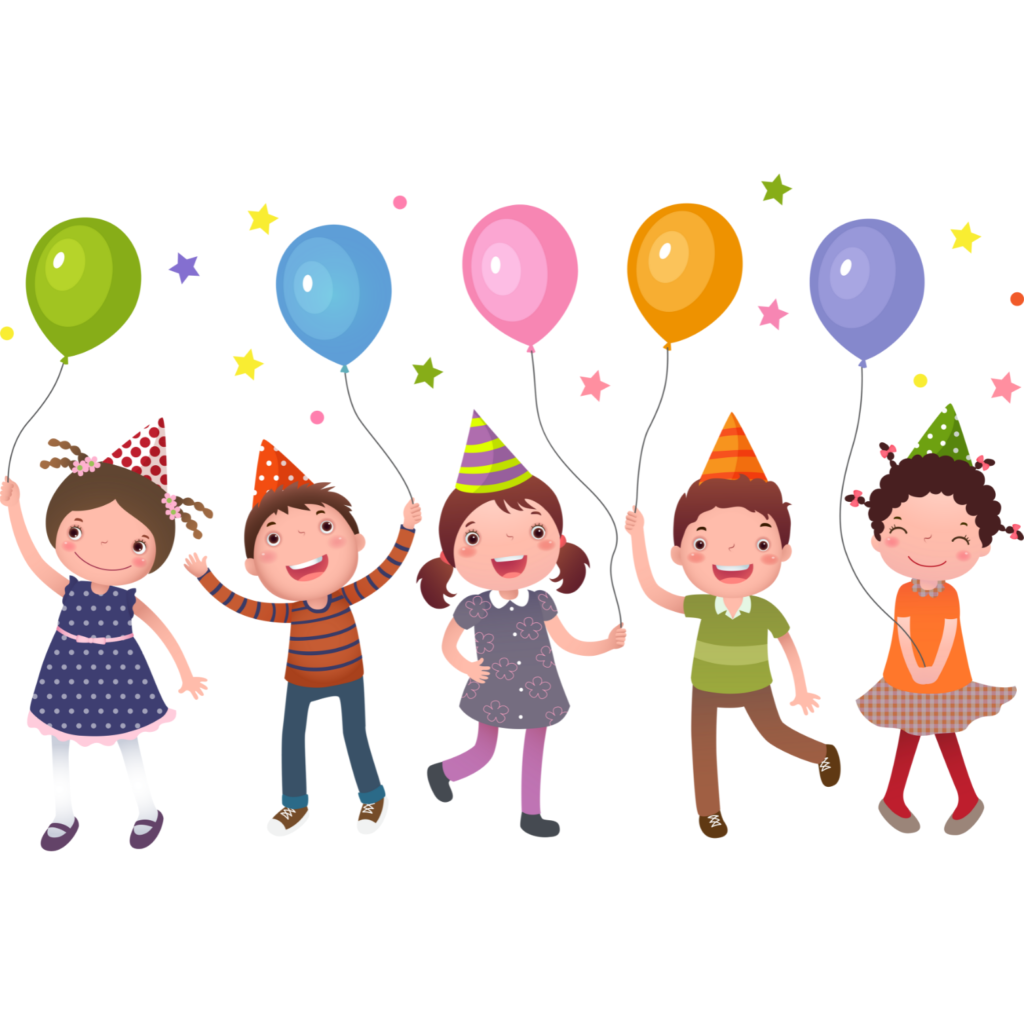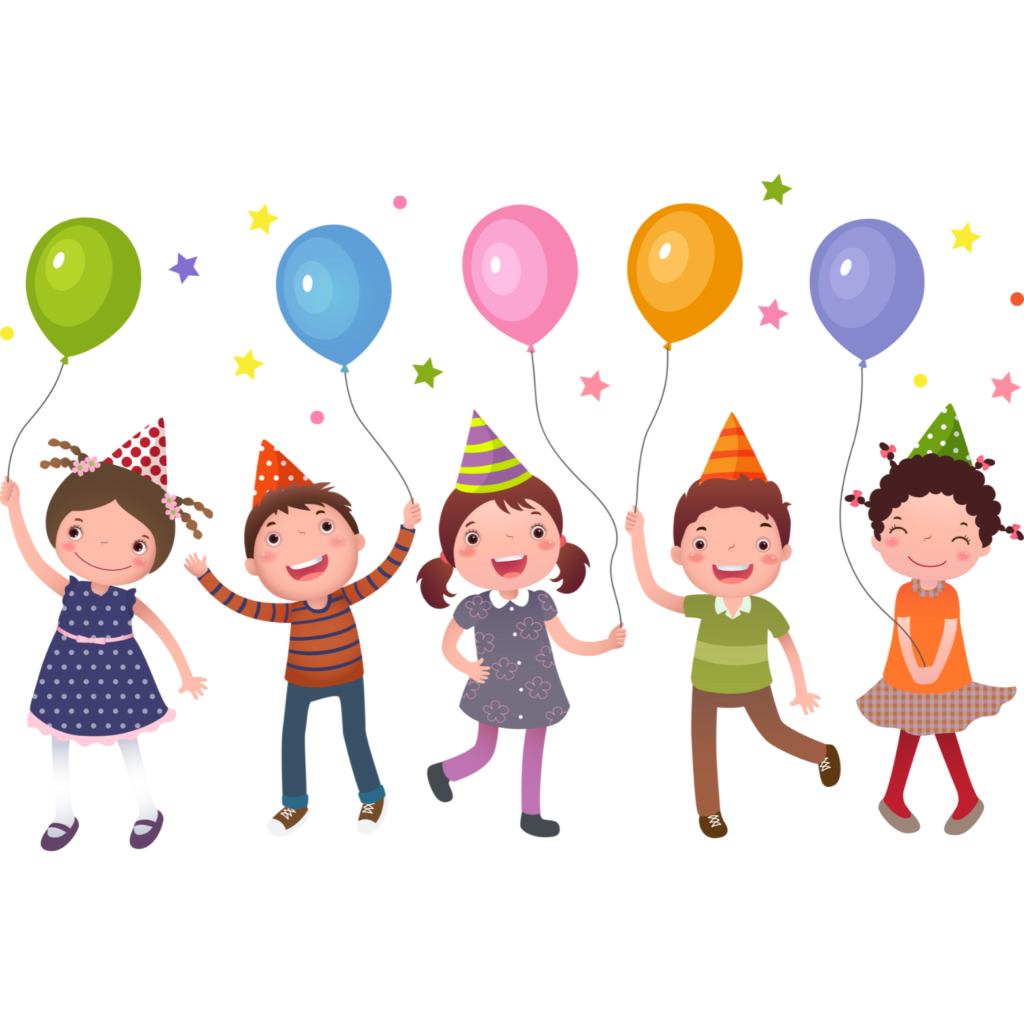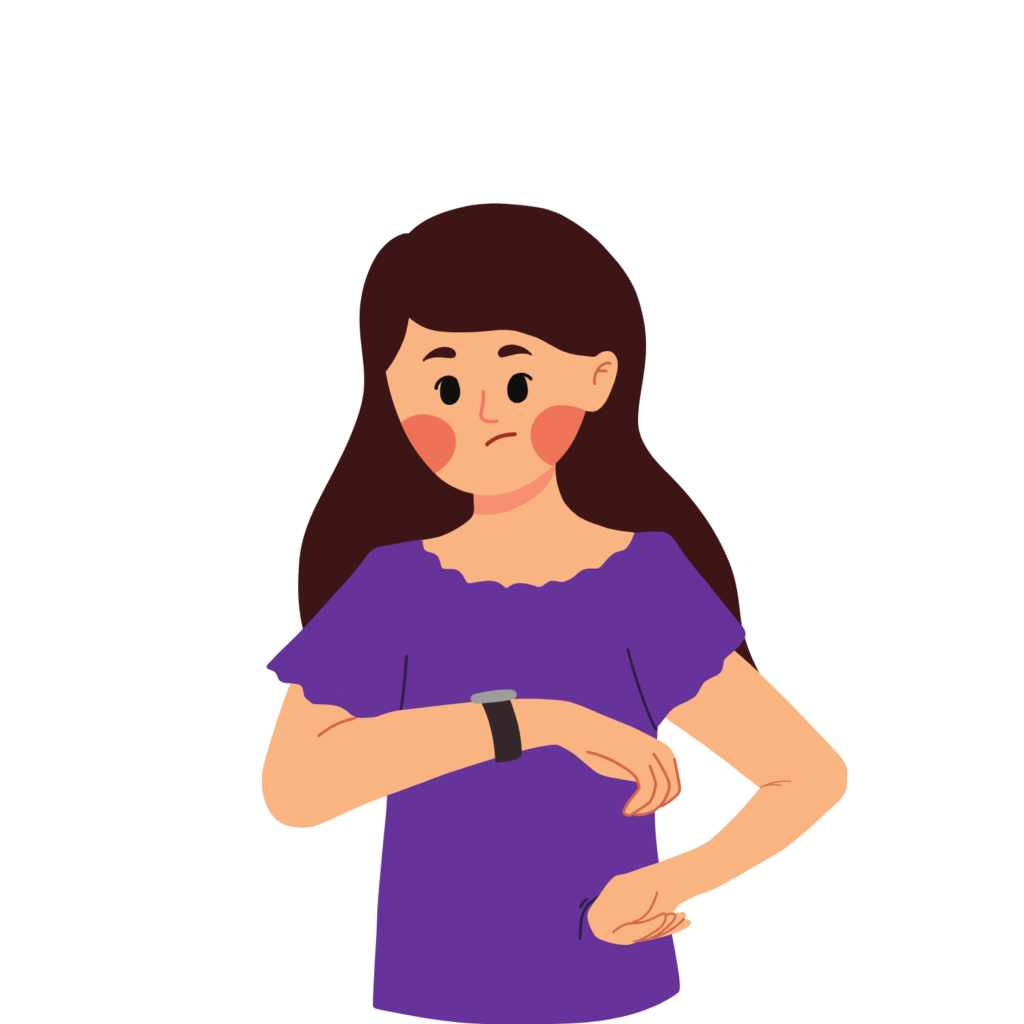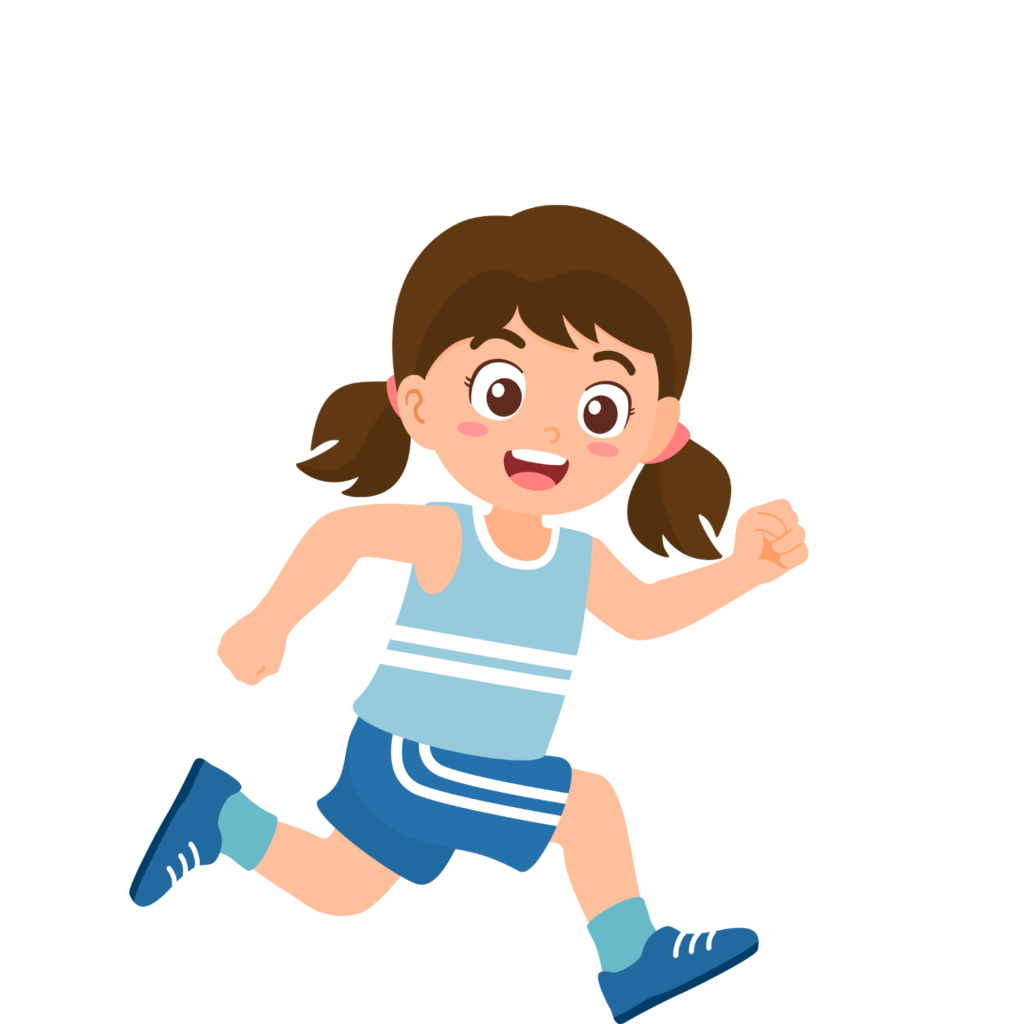Match the -ed and -ing sentences to the pictures
keynotes :
1. Understanding -ed and -ing Endings:
- -ed endings: Describe how people feel (e.g., tired, excited).
- -ing endings: Describe things that cause those feelings (e.g., tiring, exciting).
2. Examples of -ed and -ing Words:
- Excited (feeling) vs. Exciting (event)
- Example: “I felt excited about my birthday party.” (feeling)
- Picture: Kids celebrating at a birthday party.

- Example: “The birthday party was exciting!” (event)
- Picture: Balloons and games at the party.

- Bored (feeling) vs. Boring (activity)
- Example: “I was bored in the long meeting.” (feeling)
- Picture: A child yawning during a meeting.

- Example: “The meeting was boring.” (activity)
- Picture: A person looking at their watch.

- Tired (feeling) vs. Tiring (task)
- Example: “After running, I felt tired.” (feeling)
- Picture: A child resting after a run.

- Example: “Running is tiring!” (task)
- Picture: A child running on a track.

3. How to Match:
- Read the sentences carefully.
- Identify whether the sentence describes a feeling (-ed) or an action/event (-ing).
- Look at the pictures and choose the one that matches the sentence.
4. Importance of Context:
- Understand that -ed forms express feelings about something, while -ing forms describe what causes those feelings.
- Example: “I felt bored” (my feeling) vs. “The movie was boring” (the movie’s effect).
5. Practice:
- Use pictures to practice matching different -ed and -ing sentences.
Let’s practice!🖊️

